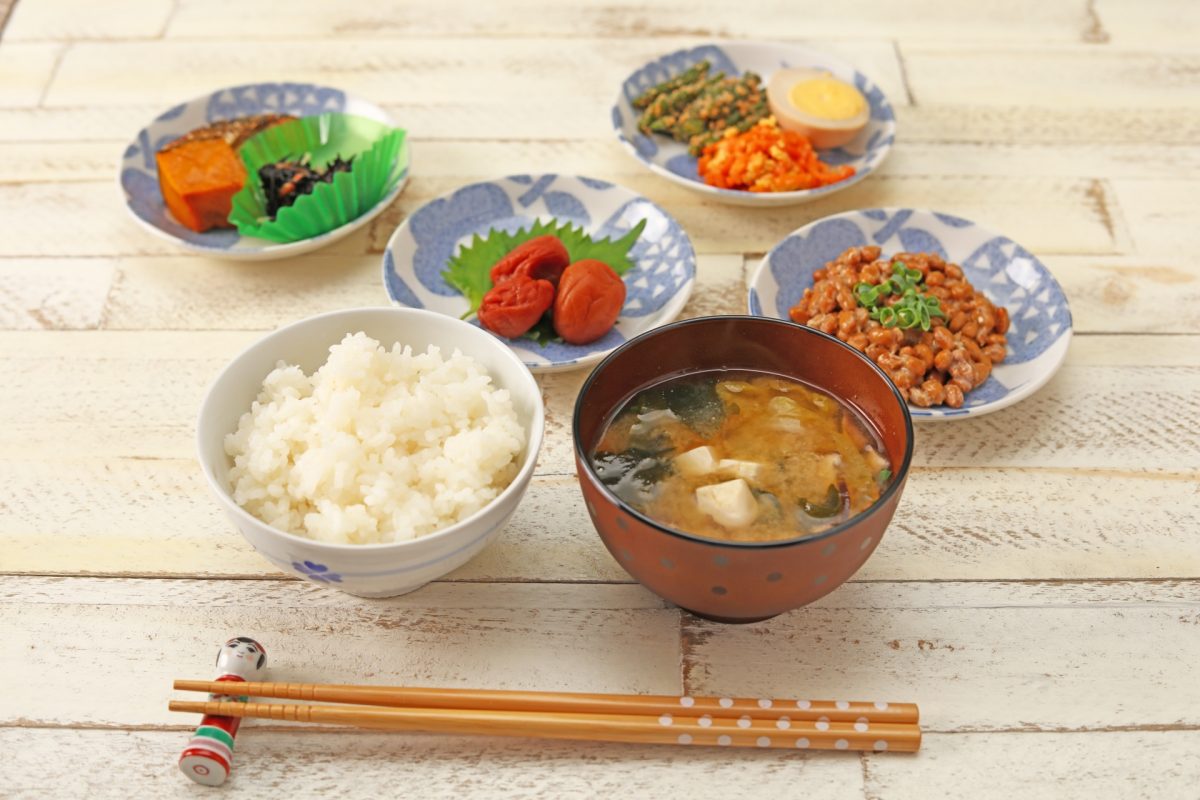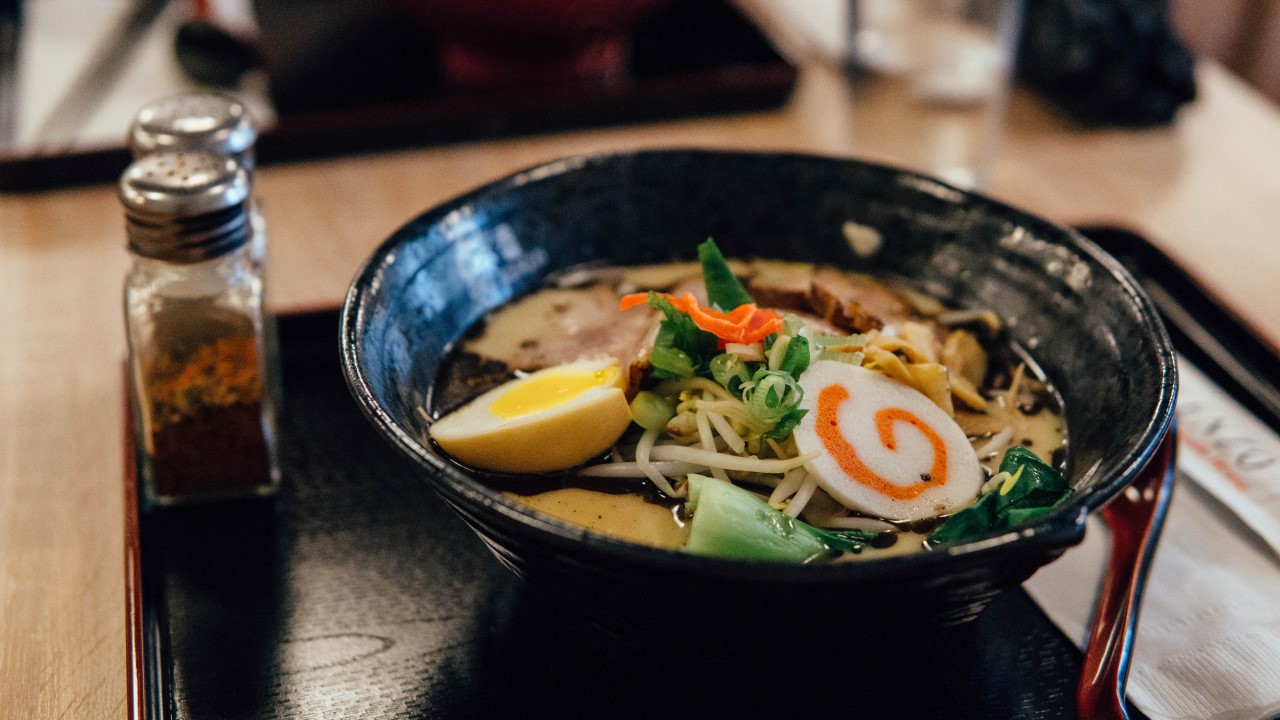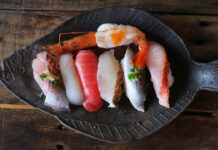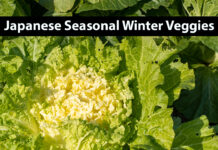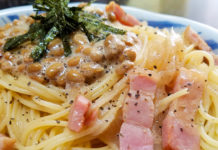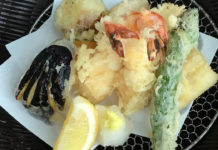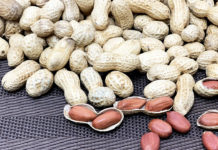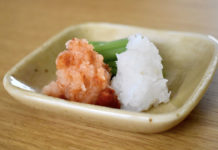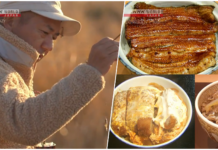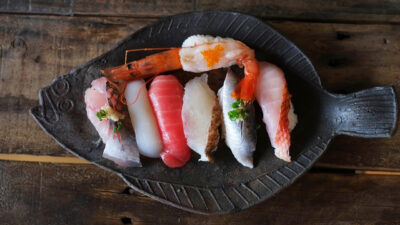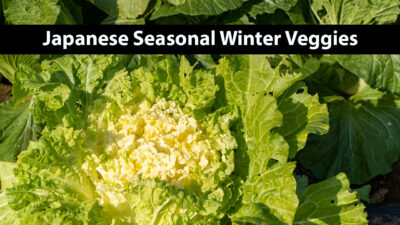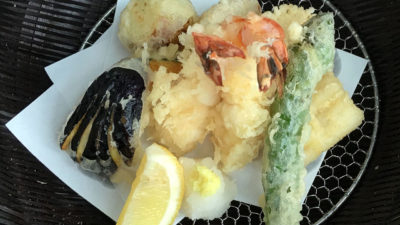Much like its unique culture, Japan has its fair share of intriguing traditional dishes that will pique your curiosity while making your mouth water. We all know the famous ramen and sushi, but there are more to traditional Japanese dishes than just those two.
Dig in further into the world of Japanese cuisine and discover the 15 must-try traditional Japanese dishes with this carefully curated list!
Traditional Japanese Dish 1: Tempura
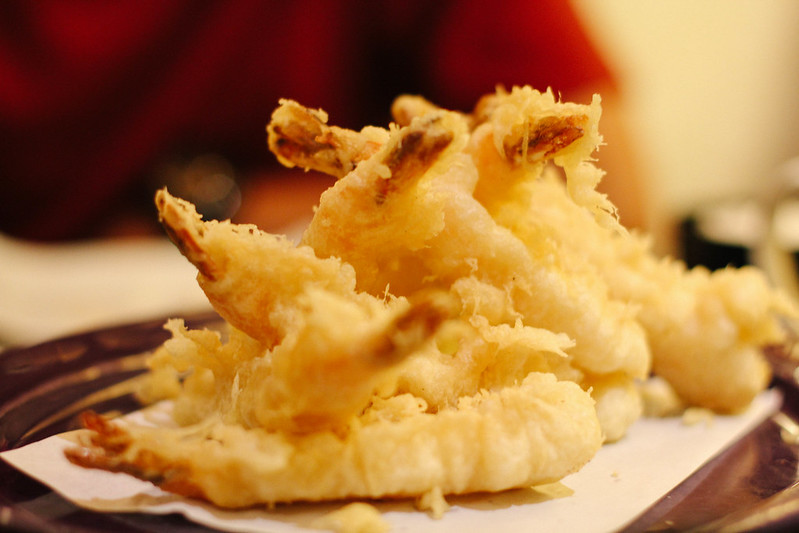
One of my personal favorite traditional Japanese dishes is tempura — a delicious deep-fried treat that comes in various forms like vegetables, seafood, and sometimes meat. The proper way of eating tempura is by dipping it in a special mix made of dried bonito, mirin, and soy sauce before taking a hefty bite out of it.
The tempura batter usually consists of flour and egg — some tempura-specialty restaurants have their secret ingredient in the batter recipe. Tempura can get rather oily, but the high-quality ones have the ideal balance of oil and flavor.
“If you want to know more about Tempura, please read here.”
What is Tempura? How to eat Tempura, Japan’s classic deep-fried dish
Traditional Japanese Dish 2: Takoyaki
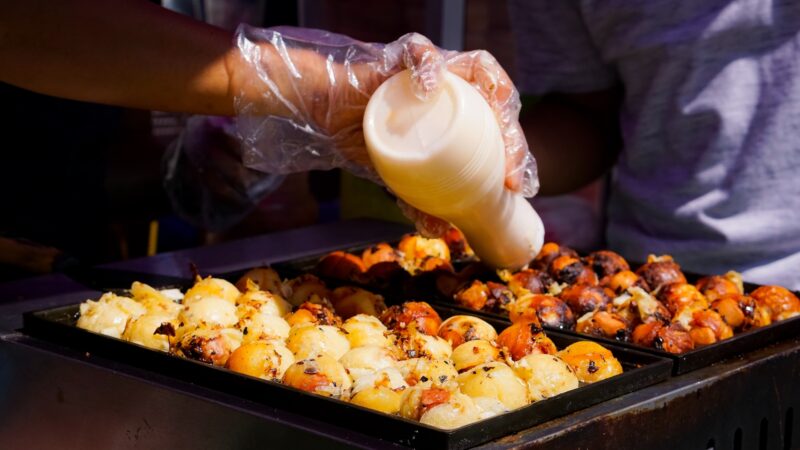
You may know them as octopus balls, but their actual name is takoyaki. These delicious dumplings with octopus meat hidden in the middle are one of Japan’s most famous street dishes.
They’re cooked using a special kind of hot plate where there are rows of half-spherical molds. These molds are filled with a unique savory batter and bite-sized octopus meat — afterward, the entire half-sphered takoyaki will be flipped and come out as a perfect ball-shaped dumpling.
Usually served in sixes, takoyaki is topped off with mayonnaise, aonori seaweed, and katsuobushi bonito flakes.
Traditional Japanese Dish 3. Okonomiyaki
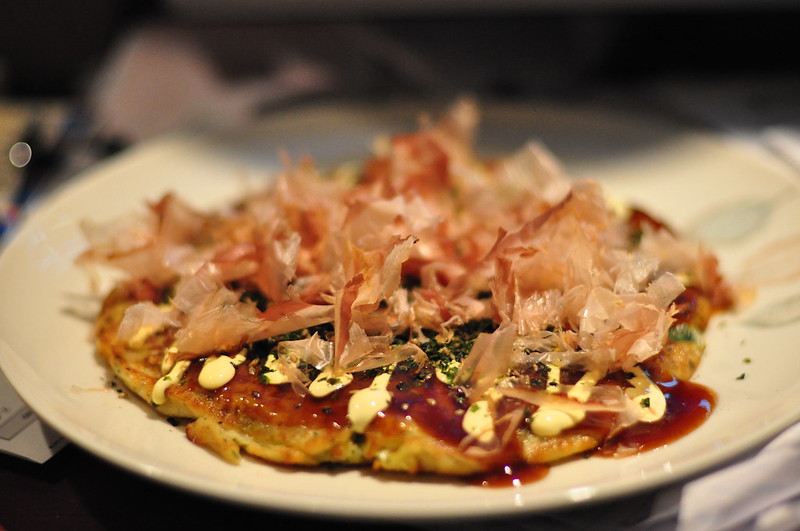
Okonomiyaki — literally meaning “grilled as you like it” — definitely makes it on the list of must-try Japanese dishes. It’s kind of like a Japanese pancake, only not a breakfast meal. There isn’t a set of rules for this dish; as the name suggests, you can basically add anything.
The common picks are green onions, shrimp, beef, vegetables, cheese, and egg. Cooked on a griddle, some okonomiyaki restaurants even offer cook-it-yourself services — which is a whole Japanese experience on its own!
Traditional Japanese Dish 4: Sukiyaki
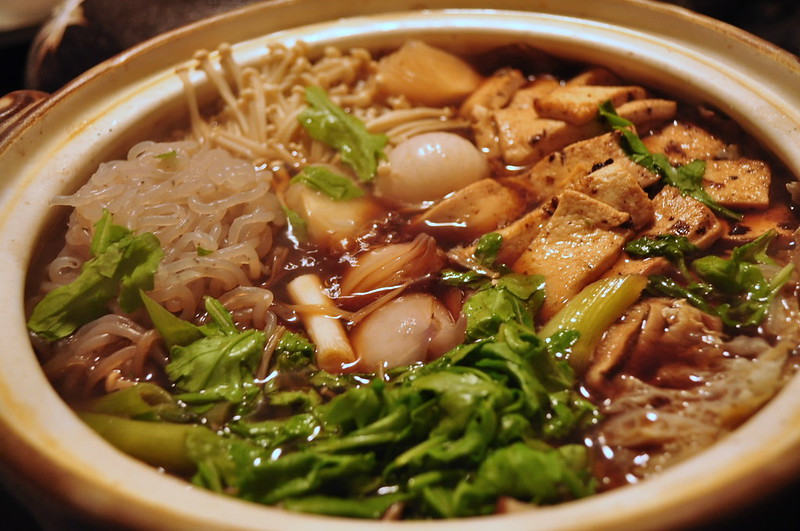
This winter traditional Japanese dish is great to eat at a specialty restaurant or even making your own at home. Sukiyaki is a type of hot pot dish where sliced beef is seared using sukiyaki broth that’s usually made of soy sauce, mirin rice wine, and sake. There are also other ingredients in sukiyaki, including — but not limited to — tofu, vegetables, and noodles.
Try the most traditional sukiyaki way possible: after cooking your ingredients, dip them in a bowl of beaten egg before eating them!
Traditional Japanese Dish 5: Oden
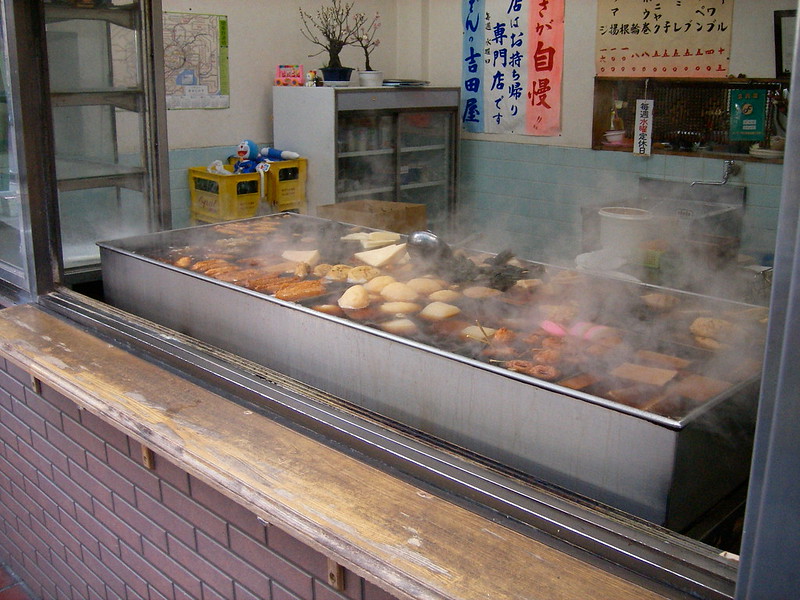
Another Japanese hot pot dish is the oden. Instead of using the searing method, this traditional hot pot dish involves taking ingredients — such as tofu, vegetables, and meat — and stewing them in a light broth that’s made of key ingredients of dashi, kombu kelp seaweed, and bonito flakes.
While there are restaurants that specially serve oden, you can see oden stalls in convenience stores as well during the months of fall and winter.
If you want to know more about “oden”, please read here.
A Taste of Sh旬n: Comforting Japanese Oden in Autumn
Traditional Japanese Dish 6: Shabu Shabu
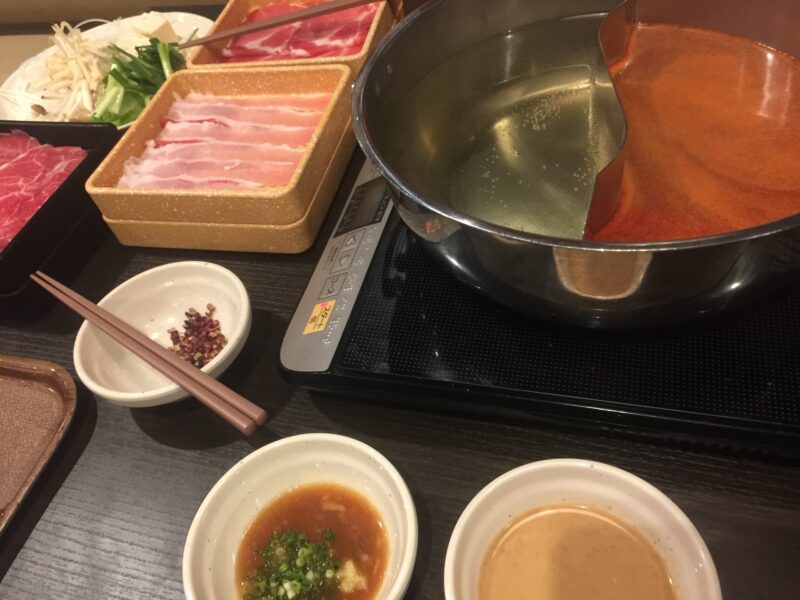
The Japanese love their hot pot dishes — shabu shabu is another one you cannot miss. It’s quite different from the other two; this type of hot pot dish requires hours of preparation before the actual mealtime itself.
Ingredients such as vegetables, tofu, kombu kelp, and meat are boiled in a light broth. The meat and vegetables are removed from the broth and dipped in a ponzu citrus seasoned soy sauce before eating.
Traditional Japanese Dish 7: Donburi
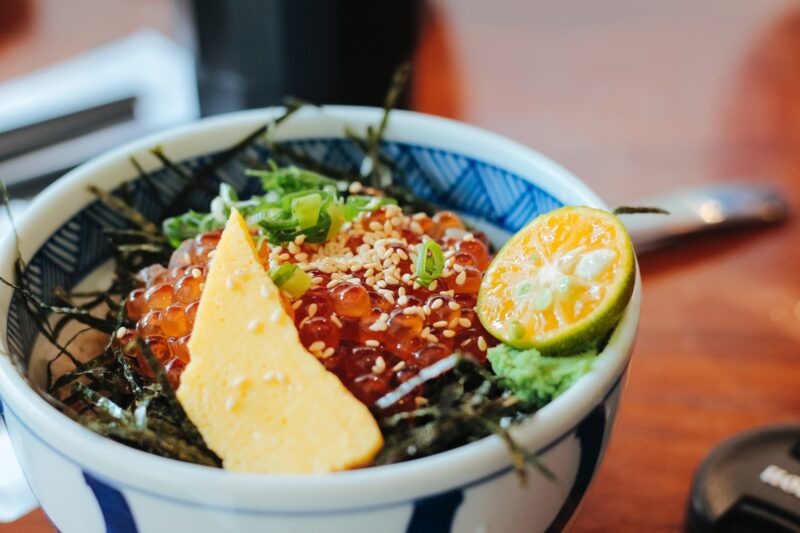
The locals adore this fast-prepared traditional Japanese dish as a popular lunchtime choice. Donburi is essentially a rice bowl served with simmered or fried meat and vegetables.
There are various types of donburi depending on the ingredients it’s using — oyakodon is with simmered chicken and egg; gyudon is with sliced beef; tendon is with fried tempura; katsudon is with breaded and deep-fried pork cutlets.
Traditional Japanese Dish 8: Udon
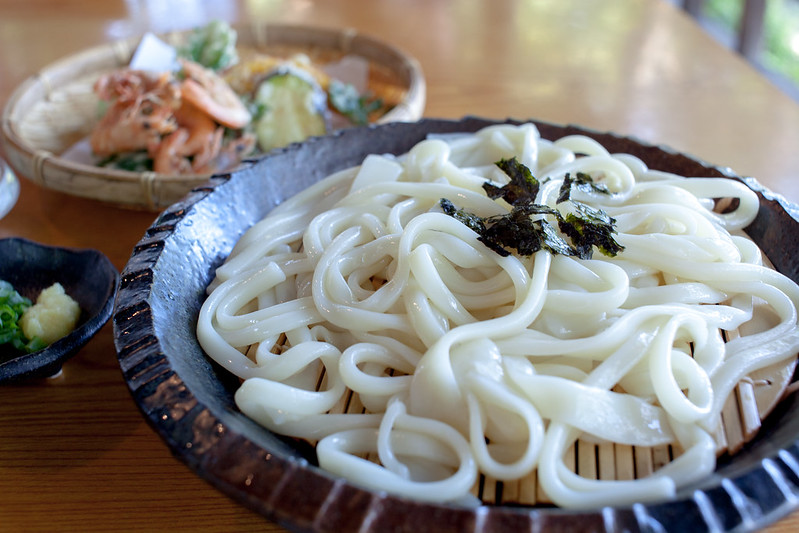
If you love noodle dishes, you would love udon —this dish consists of a type of thick Japanese noodles made from flour. Udon can be served multiple ways; usually, it is served as a soup dish made from dashi, soy sauce, and mirin broth. It can also be served cold or as dipping noodles where the soup and the noodles are served in separate bowls.
Udon dishes don’t usually have that many noodles — that’s because it’s so filling that a smaller quantity equals to that of a standard size of ramen.
Traditional Japanese Dish 9: Karaage
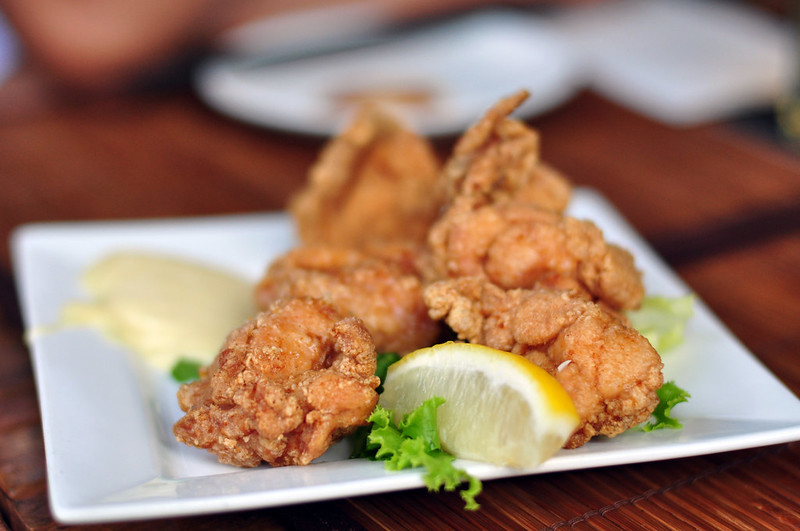
Coated with wheat flour or potato starch and then deep-fried in oil, karaage is — without a doubt — an essential Japanese dish. The term usually refers to fried chicken, but in recent years it can refer to all sorts of other meat and even seafood, as long as it’s made the same way.
Try karaage with lemon juice from a fresh slice of lemon on the side — you can still enjoy the dish without it, though.
Traditional Japanese Dish 10: Tonkatsu
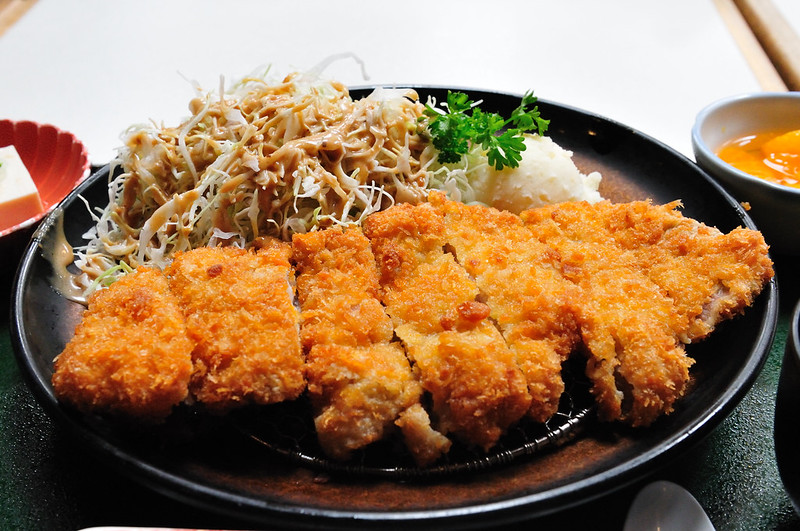
This traditional Japanese dish is actually of European-origin, but the Japanese found a way to make it their own. Tonkatsu refers to the breaded and deep-fried pork chops, made to a perfect golden brown color.
Most of the time, you’ll get a special sauce served with your tonkatsu as well as a bunch of other green veggies on the side — it’s like balancing out the healthy and unhealthy in a meal, right?
Traditional Japanese Dish 11: Natto
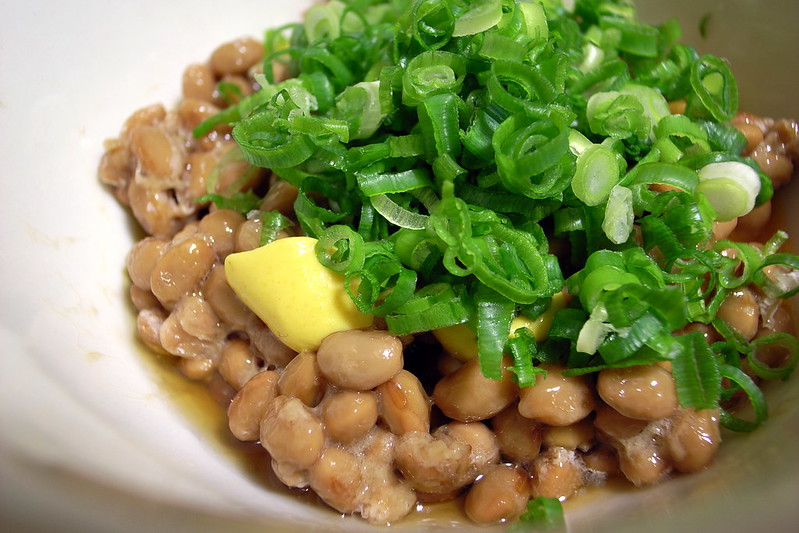
Even though it’s not a dish on its own, natto can be found and added to tons of Japanese dishes. This traditional Japanese food is made from soybeans that have been fermented in a particular way.
There’s a sticky texture to it, as well as a smell that will stick to your senses for days on end — but its salty and savory flavor makes the locals constantly wanting more of them.
Traditional Japanese Dish 12: Unagi
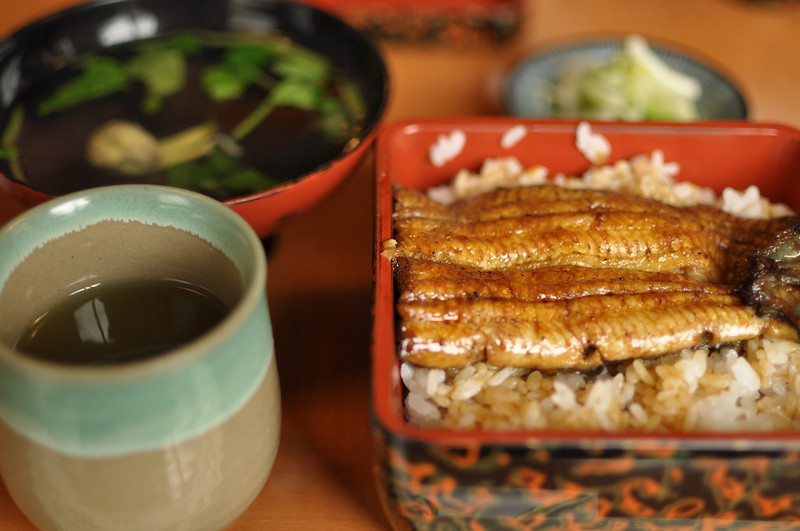
What’s a trip to Japan without eating an unagi dish? Unagi is the Japanese word for “freshwater eel”, and it’s one of the most popular Japanese dishes of all time! There are all sorts of Japanese dishes using unagi, including kabayaki unagi, which you will find in summer. This unagi dish is put on skewers and grilled with a special sauce made of mirin, sake, soy sauce, and sugar.
Unagi dishes are so flexible — it can be eaten on its own or served with rice. Go to a local unagi restaurant, and you’ll be spoilt with a long list of various unagi dishes.
If you want to know more about “Unagi”, please read here.
Unagi: Japanese Grilled Eel and the History of Kabayaki
Traditional Japanese Dish 13: Chawanmushi
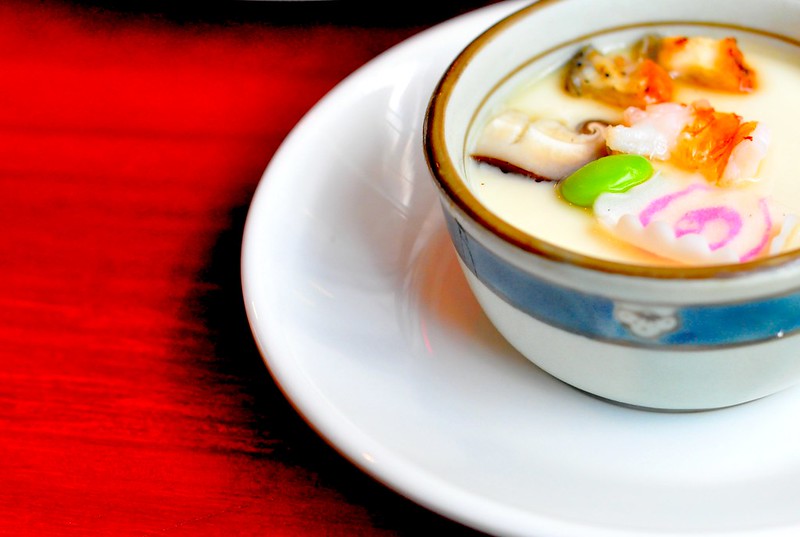
Chawanmushi is exceptionally unique in technique as well as flavor — your senses will be bursting with all sorts of tastes. Literally translated to “steamed in a cup”, chawanmushi involves pouring beaten eggs into cups that are already filled with meats and vegetables and steaming the cups afterward to make a savory egg custard dish.
You can include whatever you want in the cup — the most common ingredients include chicken, mushrooms, fish cakes, and carrots.
Traditional Japanese Dish 14: Fugu
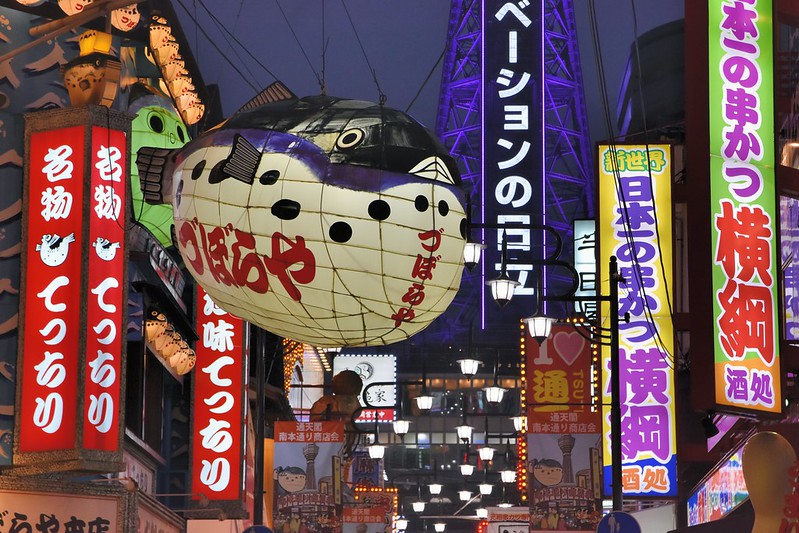
Fugu is the Japanese word for “pufferfish” — and yes, the Japanese love their fugu dishes. Fugu can be quite dangerous to eat, but eateries are certified before they are allowed to have them on the menu — so no worries there.
Just like unagi, there are various types of fugu dishes; they’re usually served as sashimi or hot pot dishes. Pick one from several fugu specialty restaurants to take your pick at a wide variety of fugu dishes.
Traditional Japanese Dish 15. Champon
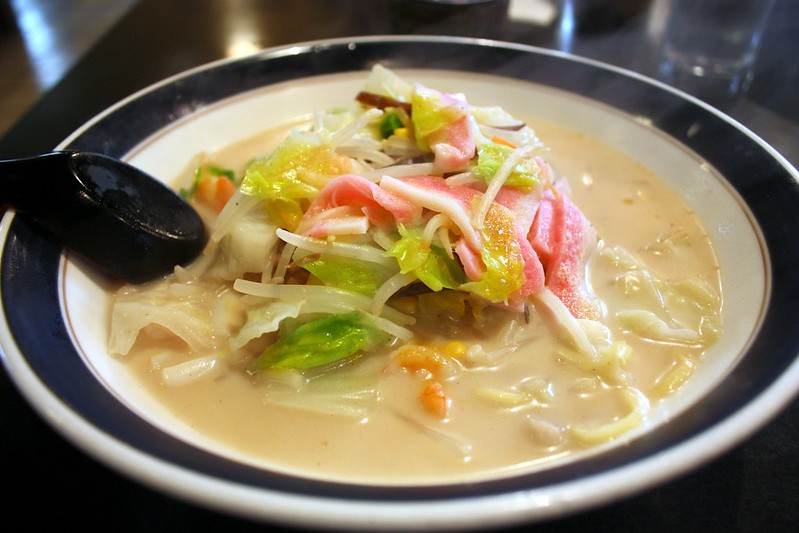
Last, but definitely not least, is the champon — don’t confuse it with ramen even though they look quite similar! This Nagasaki-origin dish is different from ramen in which it boils the noodles with the broth itself instead of doing them separately. Other ingredients are fried and then topped onto the bowl.
Because of the unique method, the flavors are more enhanced, nothing like what you’d imagine. The ingredients for a champon dish can vary depending on the season.
Traditional Japanese Dish 16: Basashi
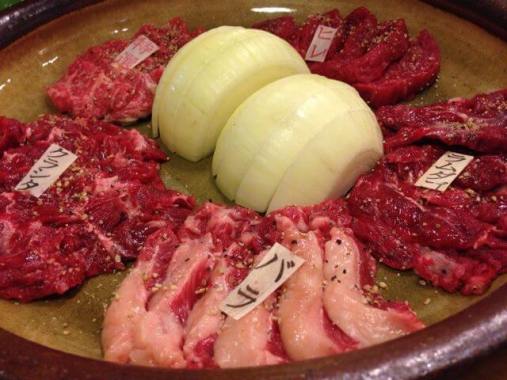
Basashi (raw horse meat) is a Japanese delicacy from Kumamoto Prefecture. Because of its bright red color, many often refer to it as sakura niku. With a tender texture and a slightly sweet flavor, this thinly sliced horse meat is served raw, usually with soy sauce and grated ginger, daikon radish, or garlic. Basashi also pairs well with sake, or Japanese rice wine. For some Westerners, the idea of eating raw horse meat may be shocking, but they’d really be missing out for not giving it a try!
The Wrap-up
Are your mouths watering yet? Go on and start making a bucket list, especially for traditional Japanese dishes before your next trip to Japan — be sure to include these top 15 on it!

Azra Syakirah
Usually tucked away in a cafe anywhere she goes, Azra Syakirah is a fashion designer and entrepreneur living in Tokyo, Japan. Born and bred in Singapore, her heart belongs to the world. Also a language enthusiast, she virtually scribbles her thoughts on a blog as well as freelances as a writer.
*Disclaimer:
This article was written by an outside writer, and WAttention is not responsible for any damage caused by the information on this page. Please be aware that the accuracy of the information posted in this article is not guarantied, and the content may be changed without notice.
 0
0

